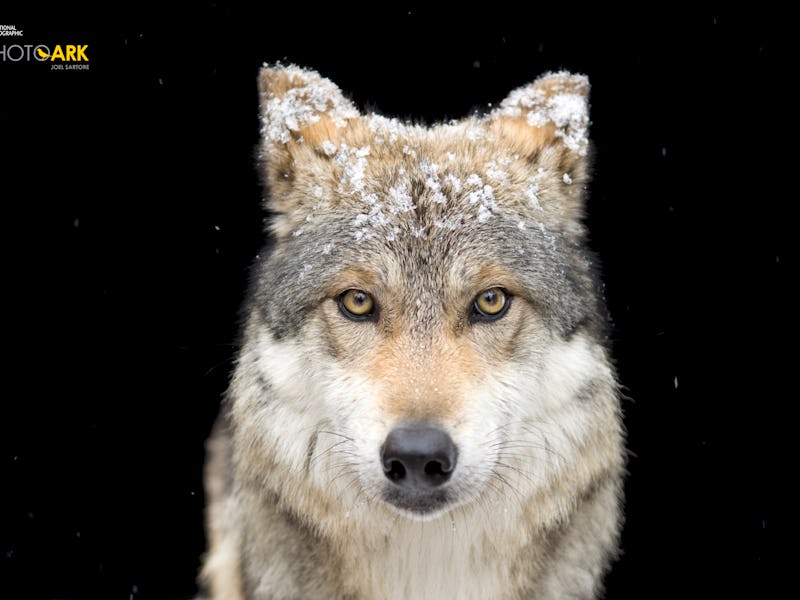Can a Photographic Ark Save the World’s Animals?
Joel Sartore wants to photograph every single animal on Earth as a last appeal to save them.

The prognosis for the world’s animals is grim: Half of the earth’s species could disappear before the century is out. Conservation remains an important goal for so many different individuals and parties, private and government-affiliated alike. Nevertheless, these efforts continue to run into several different obstacles. At the forefront is probably the fact that while the public is by and large in favor of stronger conservation efforts, there has not been much of an initiative to demand serious change in policy and management of the globe’s most endangered species.
Joel Sartore, a 25-year veteran photographer for National Geographic, has an idea in mind to generate more interest and convey the severity of the current climate. His new book, The Photo Ark, arrives just in time for Earth Day and takes its cues from the biblical tale of Noah and attempts to photographically document every one of the world’s captive animal species.
That’s over 12,000 different species. After 11 years, Sartore has only photographed about half of that number. So The Photo Ark, as he tells Inverse, is really more of a “halfway point”.
Nevertheless, it’s a project Sartore is driven to finish, even if it takes another 11 years or so.
A praying mantis
The whole idea for the book came during his time as a contract photographer for National Geographic. Sartore says that about 15 years ago, he could “see there were a lot of species that were in real trouble, as humanity covers everything.” The consequences of increased human activity were taking a severe toll on the world’s animals.
A couple of years later, Sartore’s wife became sick with breast cancer. While he took time off to care for his wife, he began to develop the kernel of his idea into something real, coming up with a strategy for a project that could “move the needle” on conservation.
An arctic fox
And The Photo Ark was born: a book of images of the world’s animals, one of each, made as plainly and as simply as possible, using black and white backgrounds and trying as much as possible to make direct eye contact with the animals. The goal was to “make all animals equal — a mouse is not any less important than an elephant.”
Another siamese fighting fish
For the most part, Sartore succeeds. Each photo provides an incredibly intimate portrayal of the animal, creating a compelling appeal that is at once both intellectual and emotional.
A snowy owl
“For many of the creatures, this is the only chance they’ll have to have their voices heard,” says Sartore. “I’m proud to be their voice. This is the last chance to see them and meet them.” He calls the book a “desperate act on my part” to get people to act to work to protect these species.
Siamese fighting fish
For Sartore, there are a dozen different reasons for why people should take more action in promoting conservation efforts. He reminds people how integral many of these species are to the well-being of the world, such as the way many insect and bird species help to pollinate essential agricultural crops.
But besides that, “they’re also just plain cool,” he says. “They have a right to exist.”
A baby oncilla